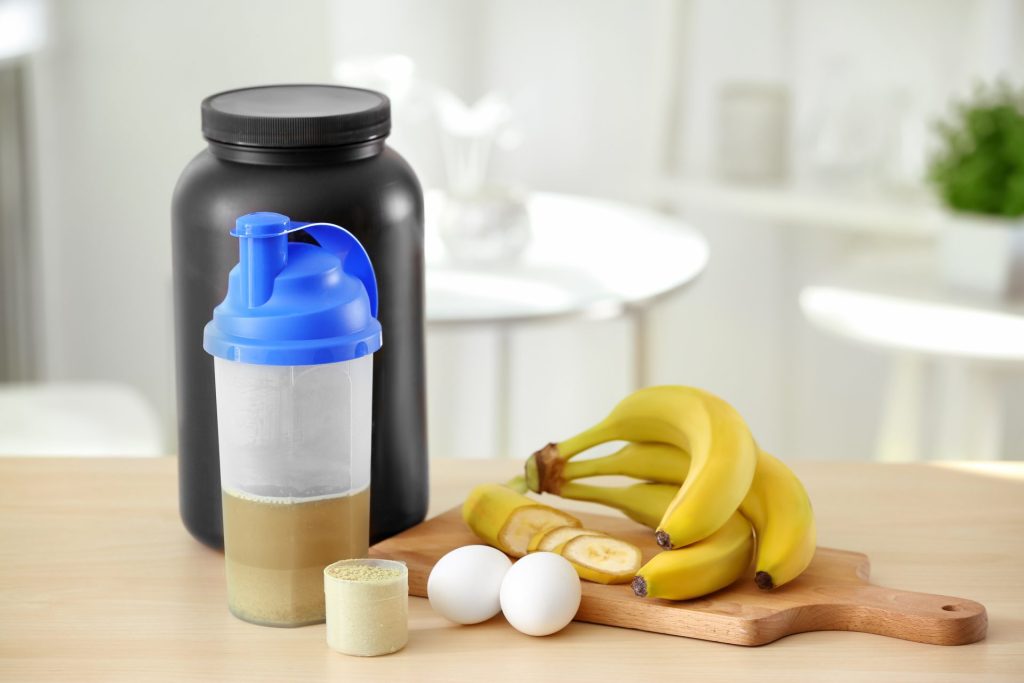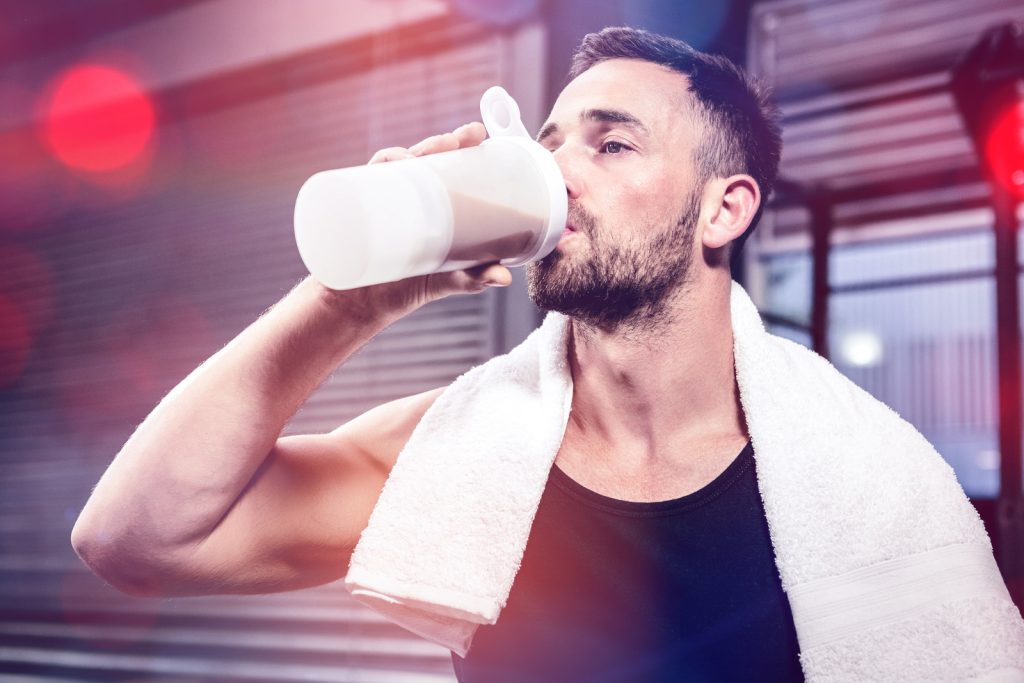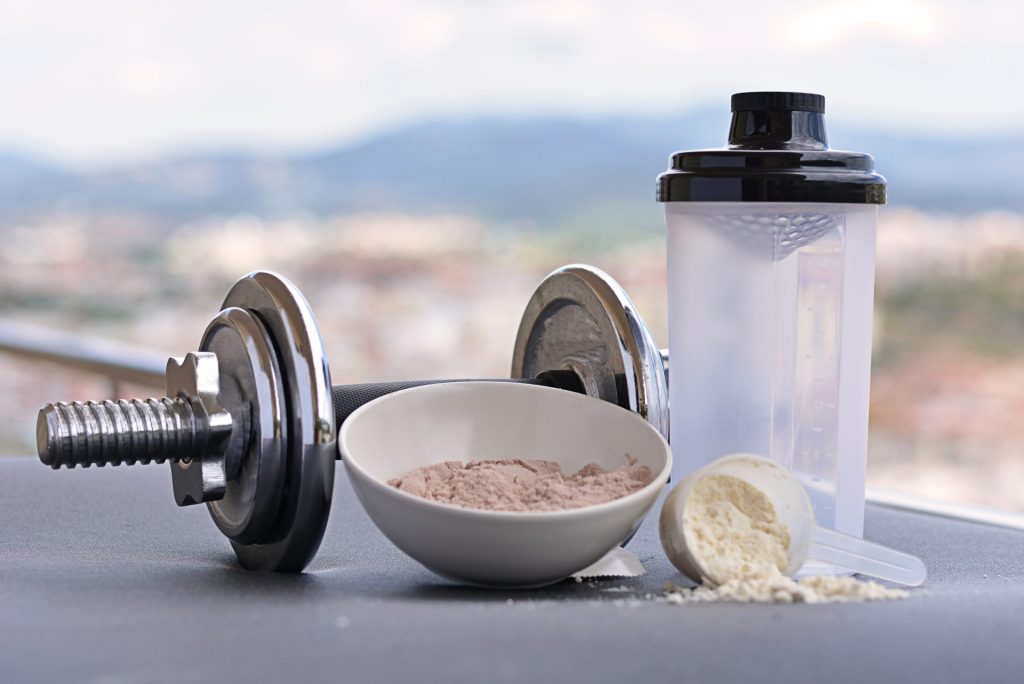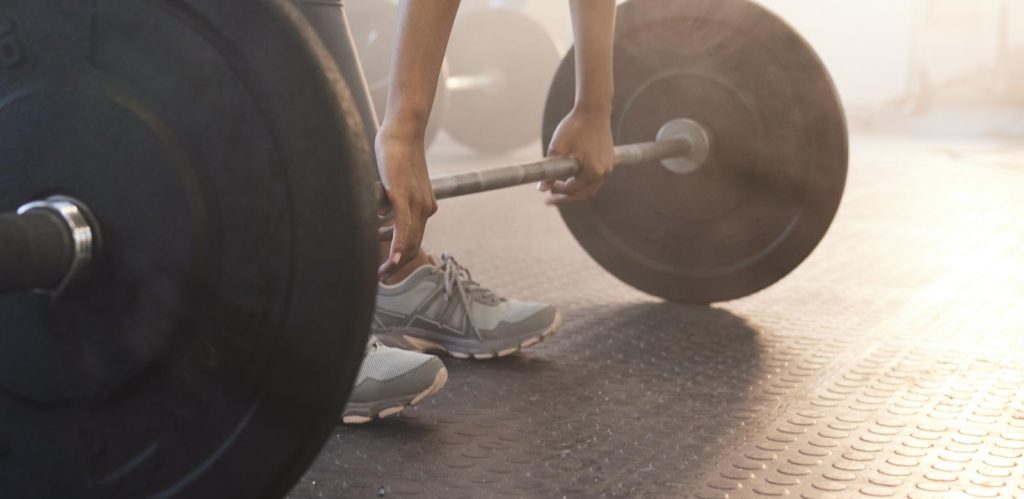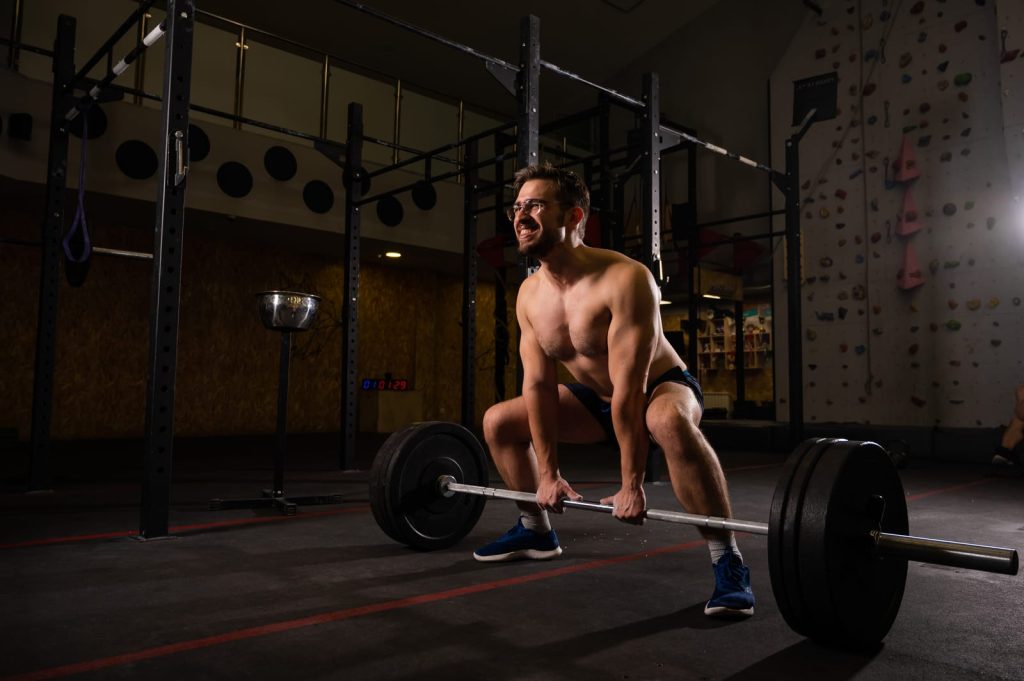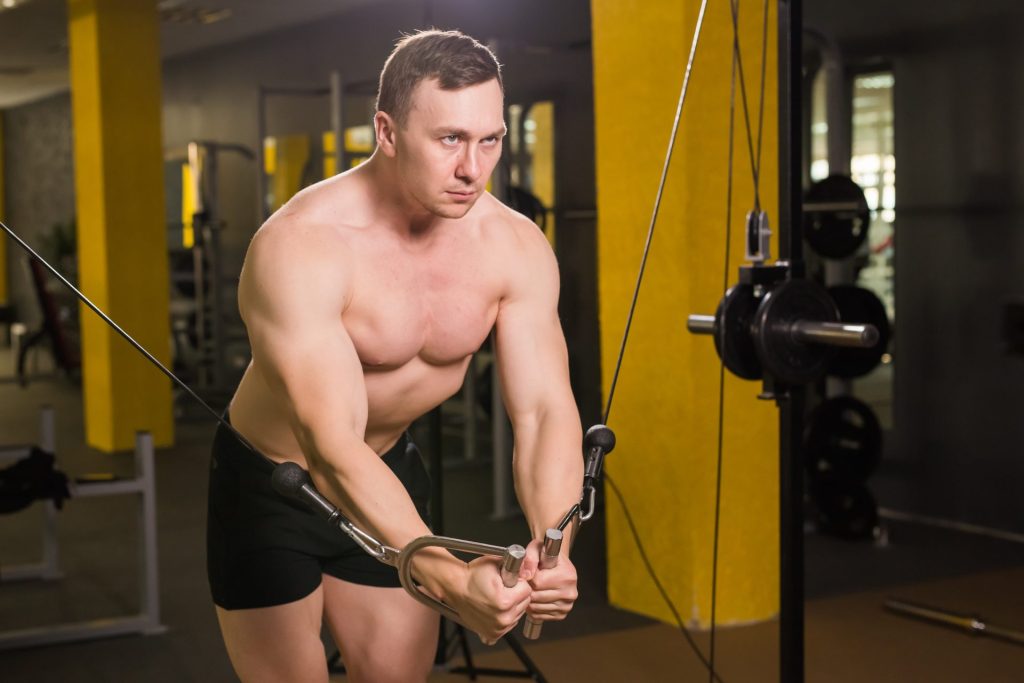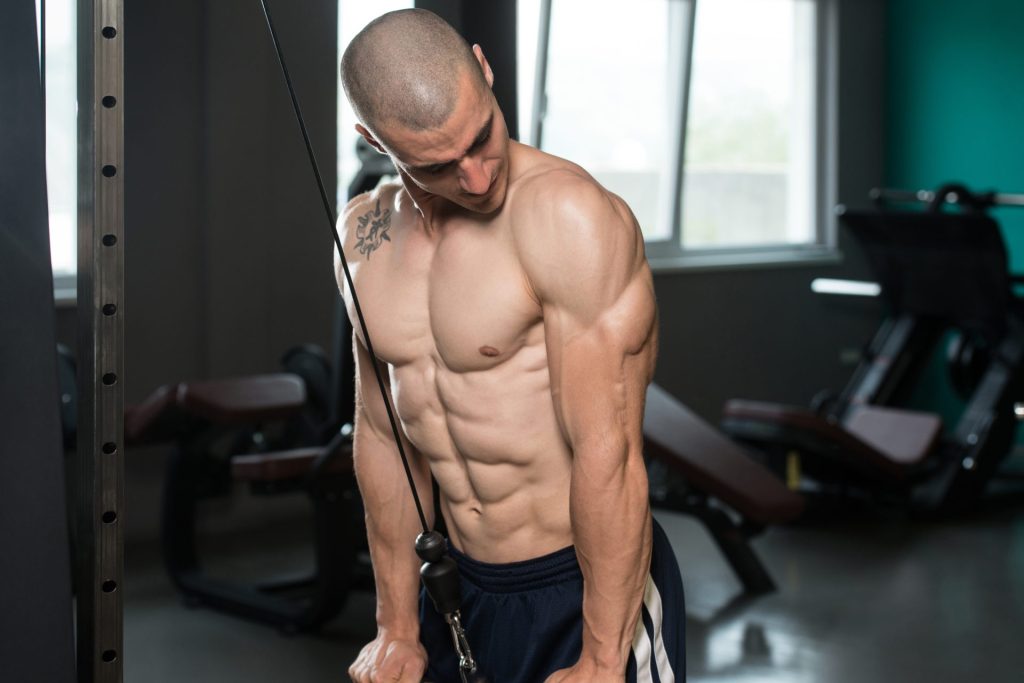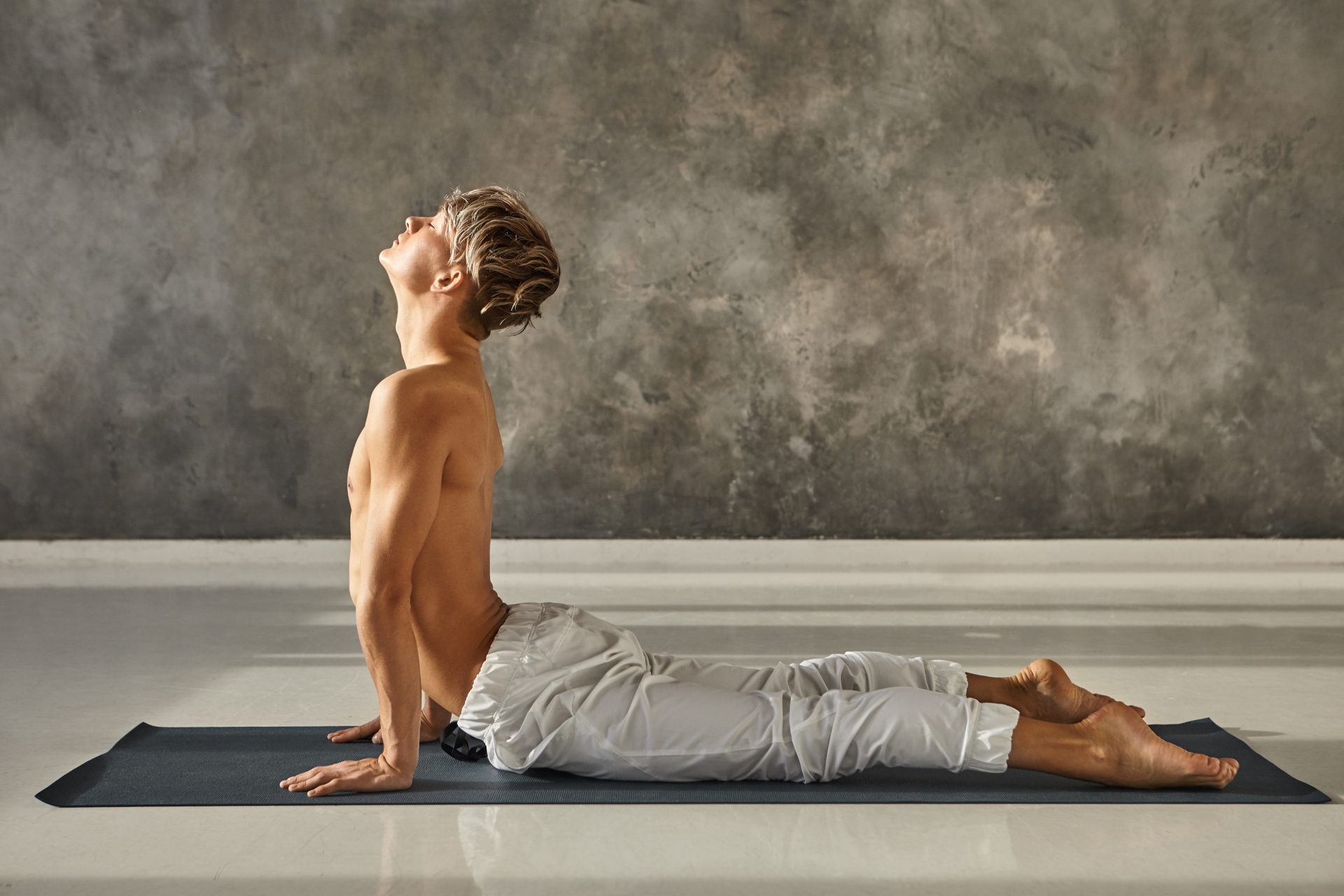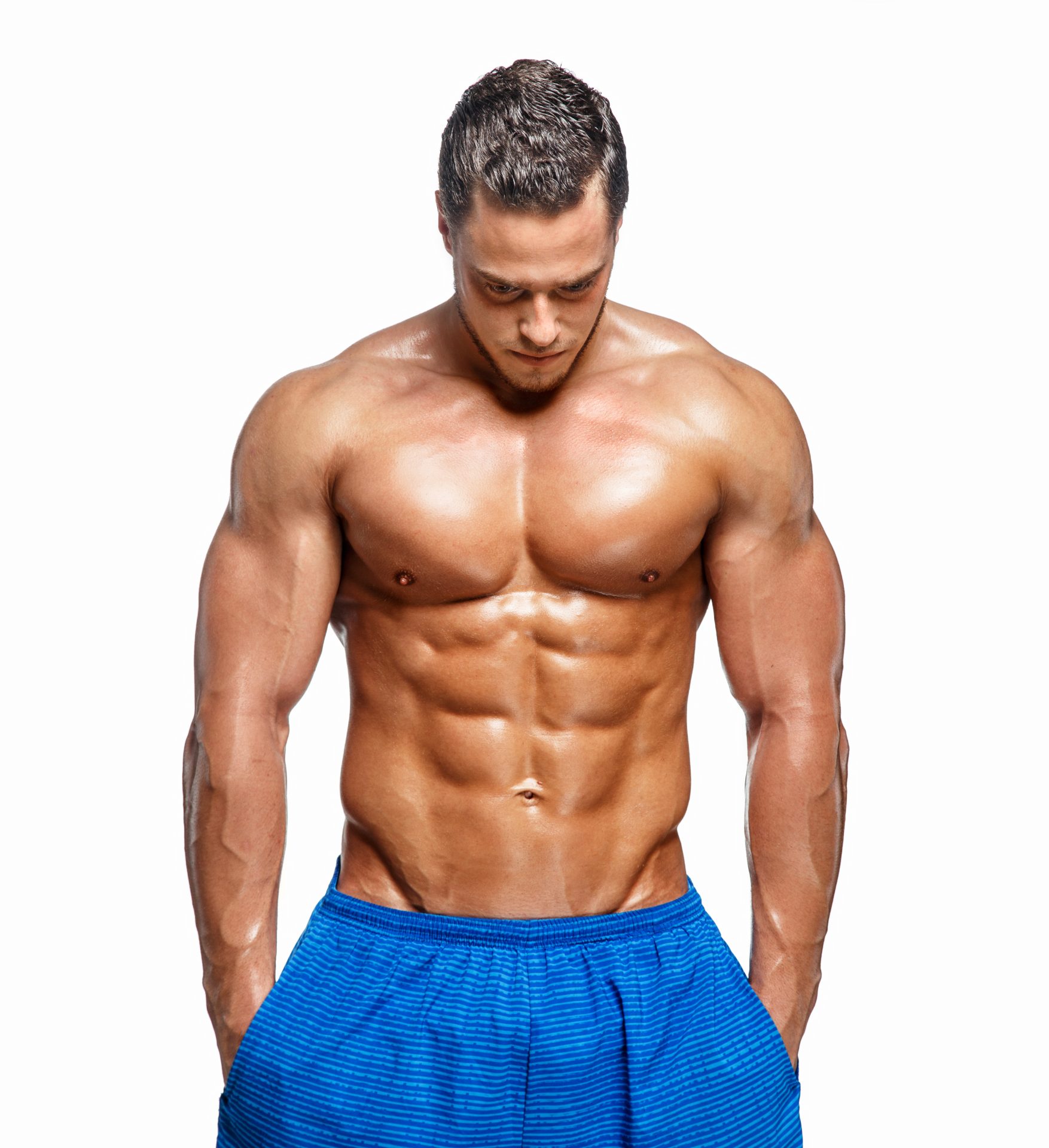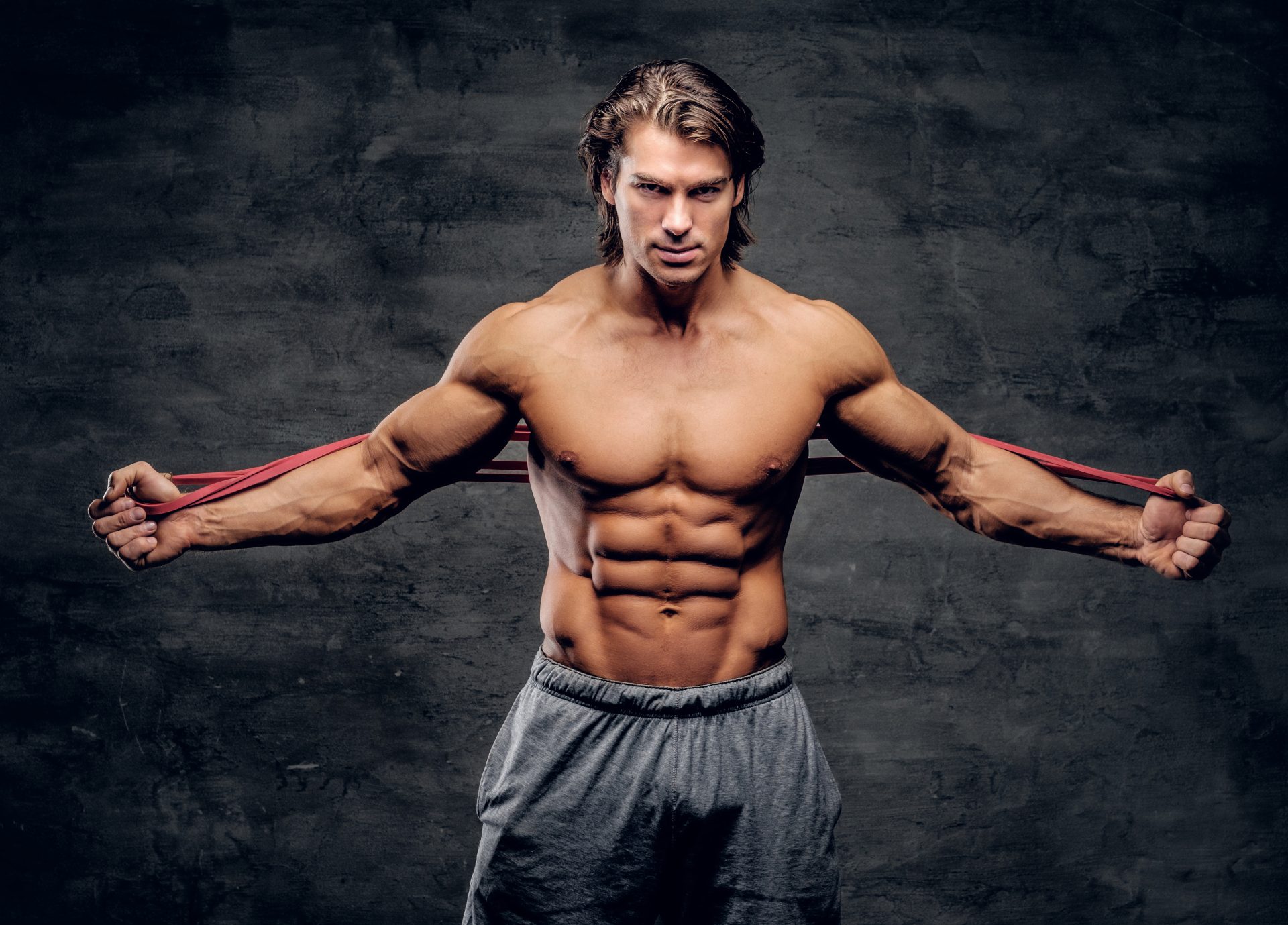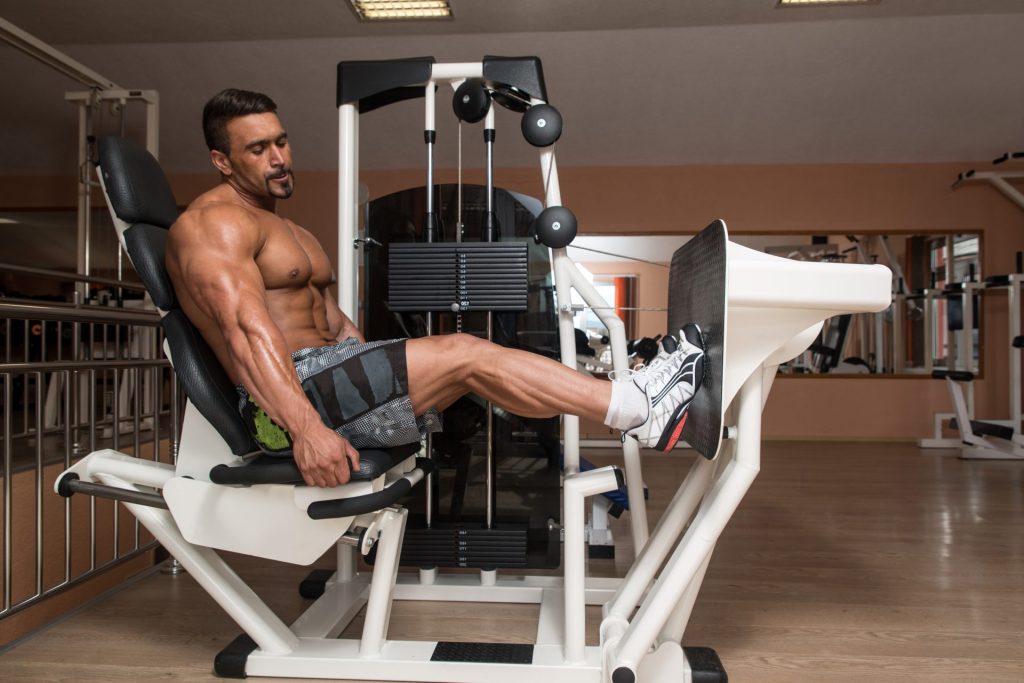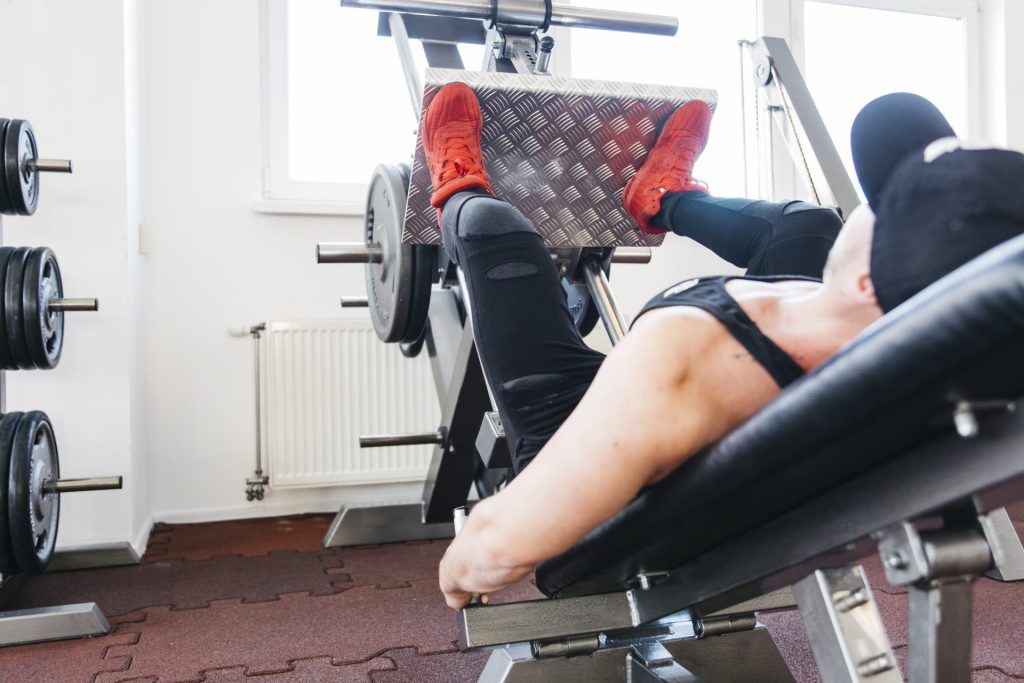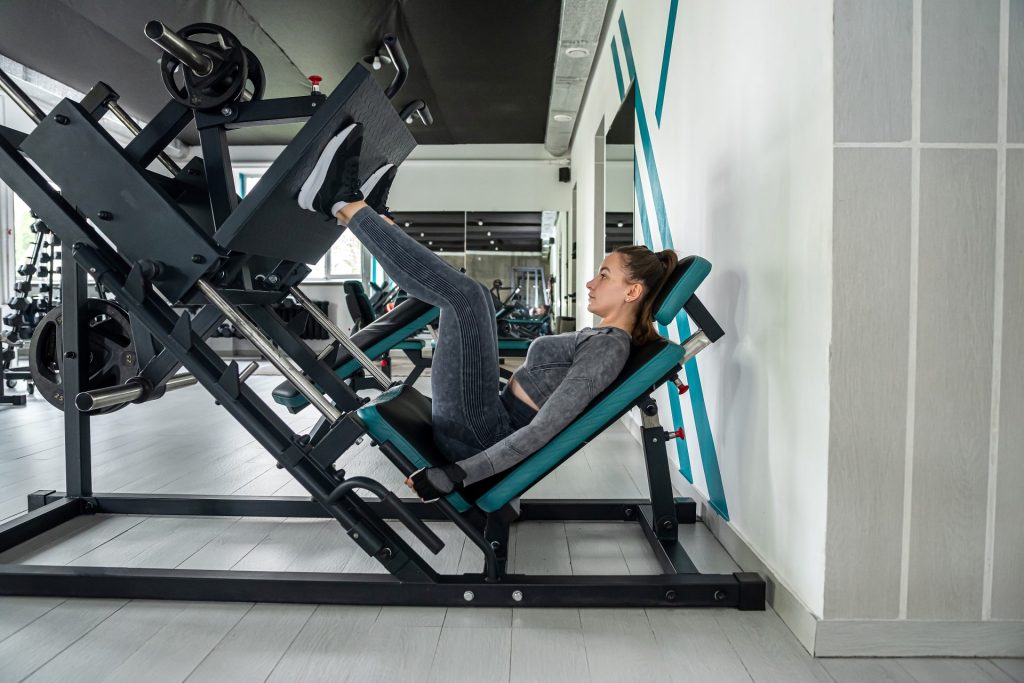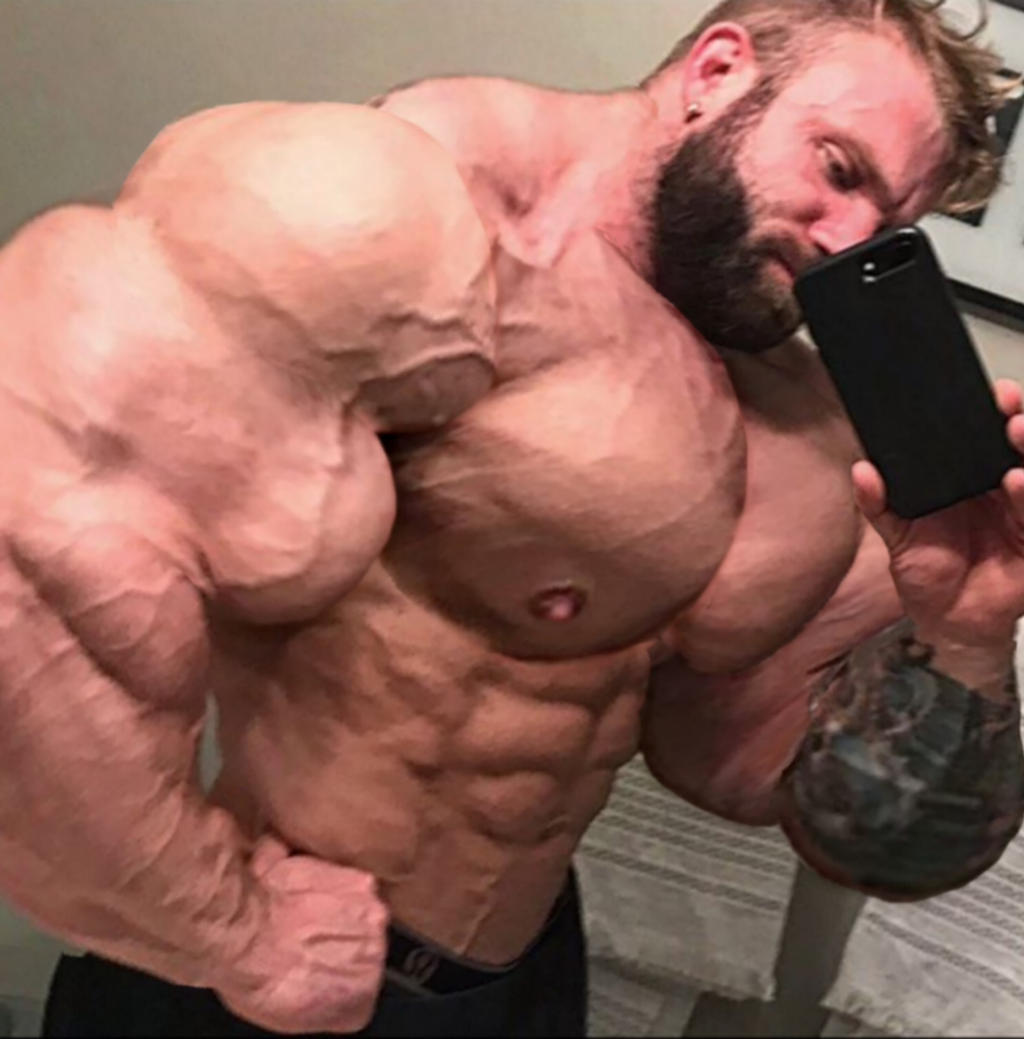Jumping higher isn’t just about natural talent—it’s about science, technique, and training. Whether you want to dunk a basketball, spike harder in volleyball, or just improve your athletic performance, increasing your vertical jump is possible with the right methods. This guide will cover the biomechanics, best exercises, training plans, and nutrition strategies to help you jump higher, faster.
Contents
- 1. Understand the Mechanics of Jumping Higher
- 2. Best Exercises to Increase Your Vertical Jump
- 3. The Right Jumping Technique for Maximum Height
- 4. Jumping Higher for Specific Sports
- 5. Proven Training Plans to Jump Higher
- 6. Diet & Recovery to Maximize Jumping Ability
- Benefits of Explosive Training
- 7. How Long Does It Take to Increase Your Vertical?
- Conclusion
1. Understand the Mechanics of Jumping Higher
Jumping ability comes down to power, force, and efficiency. The muscles responsible for generating this power include:
- Glutes and Hamstrings – Provide explosive hip extension
- Quadriceps – Help push off the ground
- Calves – Control ankle movement and provide lift
- Core – Stabilizes your body for efficient force transfer
Vertical jumping also relies heavily on fast-twitch muscle fibers, which contract rapidly to generate explosive force. Training these fibers through plyometrics and strength exercises can significantly improve your vertical leap.
2. Best Exercises to Increase Your Vertical Jump
Not all exercises are created equal when it comes to jumping higher. The best ones focus on explosive power, strength, and speed.
Plyometrics (Explosive Power Training)
Plyometrics are high-intensity movements designed to improve muscle contraction speed.
It involve rapid stretching and contracting of muscles, enhancing power and speed. Examples include box jumps, squat jumps, and clap push-ups.
- Box Jumps – Improves reaction time and explosiveness
- Depth Jumps – Teaches rapid force absorption and power output
- Broad Jumps – Enhances forward propulsion and leg coordination
Strength Training
Strengthening your key muscles builds the foundation for explosive power. In the field of athletic performance, the ability to generate rapid force is paramount.
Explosive workouts, designed to amplify speed, power, and strength, are integral for athletes and fitness enthusiasts aiming to elevate their physical capabilities.
These can help you:
- Squats – Increases lower body strength and force production
- Deadlifts – Improves posterior chain power
- Bulgarian Split Squats – Enhances single-leg strength and balance
These workouts focus on exercises that require maximum force in minimal time, targeting the development of fast-twitch muscle fibers. These exercises enhance the body’s ability to generate power swiftly, which is crucial in various sports and daily activities.
Calf Strength & Ankle Mobility
Ankle stability and calf strength help generate the final push-off power.
- Calf Raises – Strengthens the lower legs for a stronger lift-off
- Ankle Mobility Drills – Improves range of motion for efficient jumping
3. The Right Jumping Technique for Maximum Height
Technique plays a crucial role in maximizing your vertical jump height. Follow these key principles:
- Arm Swing – Use a strong arm swing to generate upward momentum
- Knee Bend – Bend knees to around 90 degrees for optimal force generation
- Explosive Push-Off – Extend hips, knees, and ankles simultaneously
- Toe-first Landing – Absorb impact through the balls of your feet to reduce stress on joints
A study published in the Journal of Biomechanics explored how athletes can optimize their vertical jumps to achieve maximum height in the shortest possible time. Researchers used a computer model to simulate squat jumps, aiming to both maximize jump height and minimize the time taken to perform the jump. The model accounted for various muscle properties, including activation dynamics and the elastic nature of tendons.
The simulations revealed that starting the jump from a more upright posture allowed for quicker takeoff times, though this approach resulted in a slight decrease in jump height.
Conversely, beginning from a deeper squat position led to higher jumps but required more time to execute. These findings suggest a trade-off between jump height and execution speed, indicating that athletes may need to adjust their starting posture based on their specific performance goals.
Future research is needed to explore how these findings apply to different types of jumps, such as countermovement jumps, and to determine whether minimizing movement time should be a focus even when the primary goal is to achieve maximum vertical jump height.
4. Jumping Higher for Specific Sports
Jumping demands vary across sports. Here’s how to adapt your training:
Basketball – Dunking Tips & Techniques
- Train single-leg and two-leg jumps for versatility
- Improve approach speed to generate more upward force
- Work on grip strength to control the ball in mid-air
Volleyball – Spiking & Blocking Tips
- Focus on quick-reactive jumps
- Train lateral movement for better blocking reach
- Improve timing and coordination for spiking efficiency
Track & Field – Long Jump, High Jump Performance
- Use bounding drills to improve horizontal force
- Strengthen hip flexors for greater knee drive
- Optimize takeoff angles for maximum efficiency
5. Proven Training Plans to Jump Higher
A structured plan ensures consistent progress. Try these science-backed routines:
Beginner (4 Weeks) – Foundational Strength & Power
- Focus on basic strength exercises (squats, lunges, calf raises)
- Add low-intensity plyometrics (box jumps, skips)
Intermediate (8 Weeks) – Explosive Plyometric Workouts
- Introduce depth jumps and reactive jumps
- Increase squat and deadlift intensity
Advanced (12 Weeks) – Strength + Plyo Hybrid Program
- Combine heavy lifting and explosive movements
- Utilize resisted jumps (weighted vests, resistance bands)
6. Diet & Recovery to Maximize Jumping Ability
Your body needs the right fuel and recovery to perform at its peak.
- Protein-rich diet – Supports muscle growth and repair
- Carbs for energy – Essential for high-intensity training
- Hydration – Prevents muscle cramps and improves performance
- Stretching & Foam Rolling – Reduces injury risk and improves flexibility
- Sleep (7-9 hours/night) – Enhances muscle recovery and growth hormone release
Benefits of Explosive Training
Engaging in explosive workouts offers numerous advantages:
- Enhanced Power Output: Improves the ability to exert force quickly, benefiting activities that require sudden bursts of energy.
- Increased Speed: Facilitates quicker movements, essential for sprinting and rapid directional changes.
- Improved Muscular Strength: Strengthens muscles through high-intensity movements, contributing to overall muscular development.
- Elevated Athletic Performance: Enhances performance in sports that demand explosive actions, such as basketball, football, and track events.
7. How Long Does It Take to Increase Your Vertical?
A recent study explored the impact of an 8-week plyometric training program on athletes’ vertical jump height and agility. The research compared two groups: one group trained using raised forefoot platforms (RFPs), which are solid rubber platforms strapped onto the forefoot to keep the heels off the ground, while the other group trained in regular shoes.
Key Findings:
- Enhanced Vertical Jump: Both groups experienced improvements in their countermovement jump (CMJ) height after four and eight weeks of training. However, the group using RFPs showed significantly greater gains, with an increase of 4.4 cm at week 4 and 7.2 cm at week 8 compared to the regular shoe group.
- Improved Agility: Agility performance improved in both groups over the training period. Notably, the RFP group demonstrated a more substantial enhancement, reducing their agility test time by 0.466 seconds at week 8 compared to the regular shoe group.
Results vary based on genetics, training intensity, and consistency.
Generally:
- Beginners – Noticeable improvements in 4-6 weeks
- Intermediate athletes – 6-12 weeks for major gains
- Advanced athletes – Constant refinement for marginal improvements
Understanding Raised Forefoot Platforms
RFPs are designed to elevate the forefoot, keeping the heel off the ground during exercises. This positioning increases the load on the calf muscles and Achilles tendon, potentially leading to greater muscle activation and strength development.
Implications for Training
Incorporating RFPs into plyometric training may offer athletes an edge in developing explosive power and agility. The heightened muscle engagement from the elevated forefoot position could accelerate performance improvements.
Safety Considerations
While the study reported significant performance benefits, it’s essential to approach RFP training cautiously. The increased load on the lower leg muscles and tendons may raise the risk of injury if not managed properly. Athletes should ensure proper technique, start with lower intensities, and gradually progress to more demanding exercises.
Avoid common mistakes such as skipping recovery, overtraining, or using improper technique to maximize results.
Conclusion
Incorporating explosive workouts into your training can significantly enhance your speed, power, and overall athletic performance. By following structured routines and adhering to safety protocols, you can achieve substantial improvements in your physical jumping capabilities.
Jumping higher is achievable through scientific training, proper technique, and strategic recovery. Whether you’re looking to dunk, spike, or improve overall athleticism, following this structured approach will help you reach your goals. Stay consistent, trust the process, and start training today! 🚀









